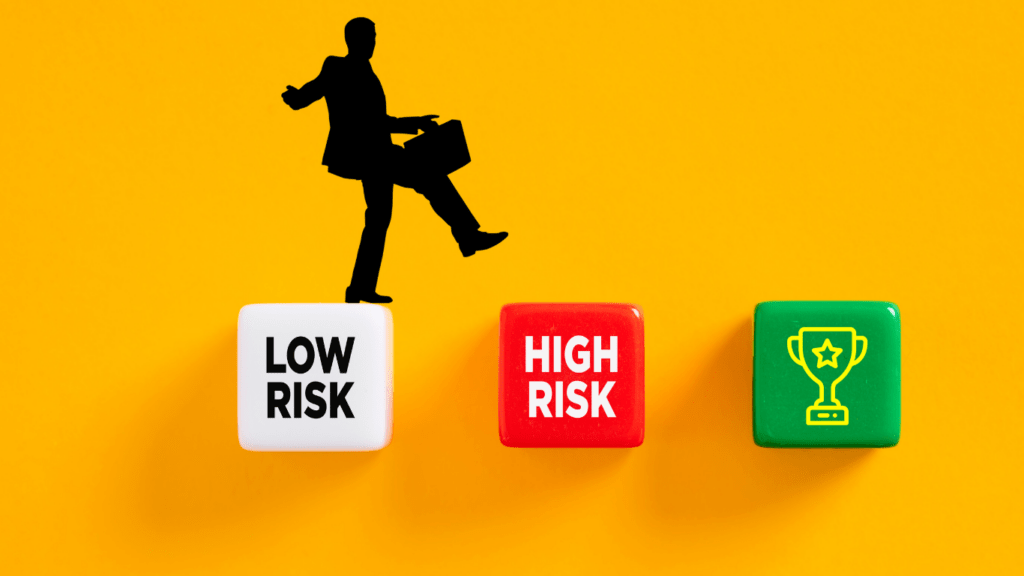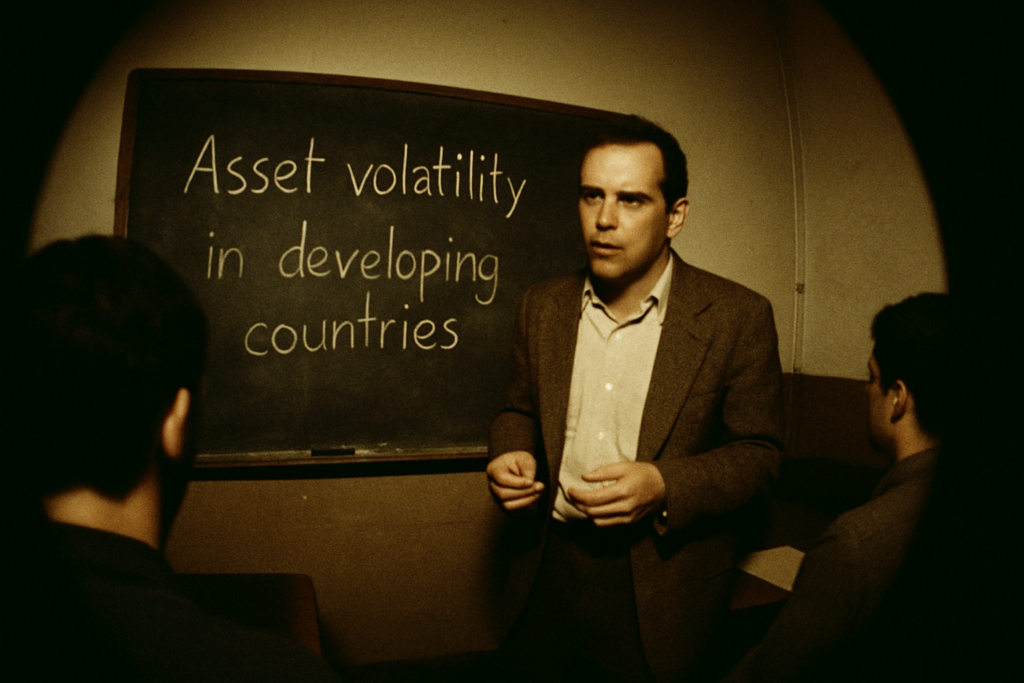Understanding High-Risk High-Reward Investments
High-risk high-reward investments offer the potential for substantial gains, but they also come with significant uncertainty. Assessing the nature of these investments is crucial for determining if they fit your strategy.
Definition and Characteristics
High-risk high-reward investments promise greater returns relative to safer options. They’re characterized by their volatile nature. While they can generate impressive profits, they can also lead to significant financial losses. Key features include:
- market volatility
- lack of liquidity
- economic sensitivity
Common Types of High-Risk Investments
Investors can choose from a variety of high-risk investments:
- Startups: Investing in new companies can lead to enormous gains if they succeed, but many fail.
- Cryptocurrencies: These digital currencies fluctuate widely and offer the potential for rapid wealth accumulation, with equal chances of severe losses.
- Penny Stocks: Stocks trading below $5 per share entice with their low entry point; however, they often belong to companies with uncertain futures.
- Venture Capital: Funding emerging companies promises high returns if they thrive, though there’s a high rate of startup failure.
- Derivatives: Options and futures contracts leverage significant returns but come with complex and risky price movements.
Understanding these options helps in making informed decisions about incorporating high-risk high-reward investments into your portfolio.
Potential Benefits of High-Risk Investments

Exploring high-risk investments may seem daunting, but these opportunities can lead to significant advantages. They offer unique growth prospects that traditional investments often lack.
Higher Returns
High-risk investments usually promise exceptional returns. For example, startups and cryptocurrencies have seen rapid gains compared to conventional stocks. Investors are often drawn to these instruments due to their ability to generate substantial profits. Understanding the volatility is crucial, but substantial returns can significantly improve a portfolio’s value.
Portfolio Diversification
Incorporating high-risk investments helps diversify a portfolio. Diversification reduces risk by spreading investments across various asset classes. For instance, mixing in derivatives can balance the growth dynamics of more stable investments. This strategy can shield against market downturns while capitalizing on potential opportunities, creating a more rounded investment approach.
Risks Associated with High-Risk Investments
High-risk investments promise high rewards but come with significant dangers. Being aware of these risks is essential for any investor considering such options.
Market Volatility
Market volatility is a primary concern with high-risk investments. Fluctuating asset prices can lead to unpredictable returns, creating a challenging environment for investors. For instance, cryptocurrencies often see rapid price swings, resulting in sudden gains or losses. Navigating these ups and downs requires a thorough understanding of market trends.
Potential for Loss
There’s always a significant potential for loss with high-risk investments. Unlike traditional assets, these investments can result in complete capital loss. For instance, startups might fail, leaving investors with worthless shares. It’s vital that potential losses are considered against the investor’s financial stability and risk tolerance before investing.
Evaluating Your Risk Tolerance
Understanding my risk tolerance is essential when considering high-risk high-reward investments. This involves a thoughtful analysis of personal financial goals and comfort with uncertainty.
Assessing Financial Goals
I start by examining my financial objectives, focusing on both short-term and long-term aspirations. For example, if my goal is retirement planning, capital preservation might be paramount, and high-risk investments could be less suitable. Conversely, if I’m aiming to build wealth rapidly, I might consider allocating a larger portion of my portfolio to such investments. A clear understanding of what I wish to achieve helps align my investment strategy with my financial goals.
Determining Comfort with Uncertainty
My comfort with uncertainty plays a crucial role in assessing risk tolerance. I evaluate how well I handle market fluctuations and the potential for substantial losses. If I find that volatility causes stress or anxiety, high-risk investments may not be the best fit. Alternatively, if I thrive on unpredictability and possess a strong stomach for potential losses, I might be more inclined to explore these opportunities. I weigh past experiences and emotional responses to uncertainty to guide my decision-making process, ensuring that my investment choices reflect not only my goals but also my personal disposition towards risk.



